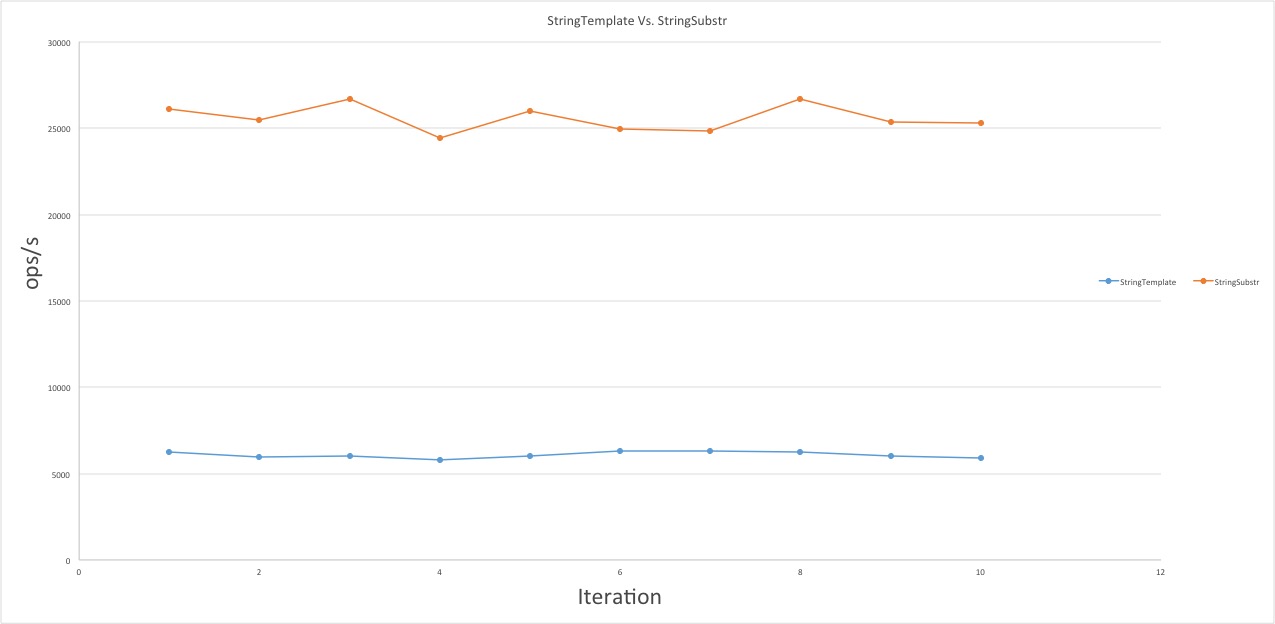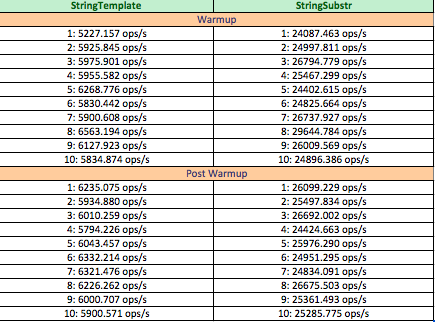Background
Outbrain is one of the world’s largest content discovery platforms, serving more than 200B recommendations monthly and reaching over 561 million unique visitors from across the globe.
As Outbrain becomes an important source of traffic and revenues for publishers, partners are looking for more tracking capabilities that will help them determine the amount of traffic generated by Outbrain, and how this traffic is distributed throughout their site. In addition, publishers want to see this information on their analytic tool of choice (Omniture, GA, Webtrends etc.).
Outbrain now provides them with tracking parameters that can be appended to the URL of recommendations.
Motivation
A url is constructed of three parts: prefix, actual url and suffix, where the prefix and suffix serve as means to let our partners add tracking capabilities in the form of dynamic parameters (for instance: the url’s title, publish date and id). Eventually, the dynamic parameters are added as a query string (field1=value1&field2=value2&field3=value3) to the recommendation url.
The legacy code would contract the three url parts and to use String replace in order to add the dynamic parameters. This implementation was hard to maintain (in situations where we wanted to support more dynamic parameters) as well as difficult to use since there was a need to import a lot of code to a project, and to depend on many modules.
When revisiting the problem, we understood that it would be appropriate to use a Separation of Concerns approach, separating the template from the model, and from the transformation logic itself – a template engine sounded like the right choice! In addition, since more and more dynamic parameters were being added, we used a builder pattern in order to achieve an easier and cleaner usage for clients, and easier maintenance in the future.
The problem – using a template engine doesn’t guarantee better performance
We decided to use StringTemplate as our template engine since we were familiar with it and had some good experience using it. The result of the refactor was a cleaner, shorter and maintainable API.
Unfortunately, when we deployed the new changes to production, we noticed a significant increase in serving time that was unacceptable in terms of user experience. After investigating the root cause, we found out that the usage of StringTemplate was pretty expensive. Even though the templates could be reused, we couldn’t reuse them all. For instance, we created a new template for each request, since it was constructed with different dynamic parameters. (The form of the url though, was the same: prefix, actual url and suffix).
So at that moment we had a clean and elegant solution that wasn’t performing well. We then looked for some alternative solutions for StringTemplate that could save us the expensive cost of constructing a new template for each request.
The solution – right tool for the job
Eventually, we found a light-weight template engine, that allowed us to keep using the Separation of Concerns approach and still achieve good performance. We ended up using Apache Commons Lang 3.0 StrSubstitutor – a simpler alternative to StringTemplate. This time, we made sure that it outperformed our last implementation by doing some micro benchmarking, and indeed the results were much better. The new implementation executed more than 4 times operation per second.
MicroBenchmarking Results
We used Java Microbenchmark Harness in order to perform our performance measurements.

Raw data:
